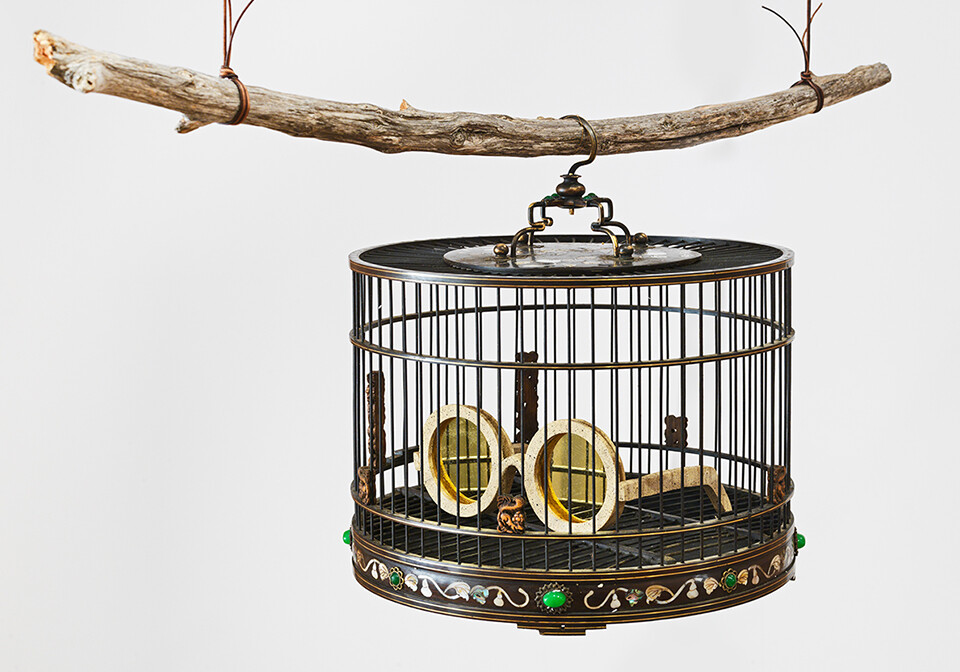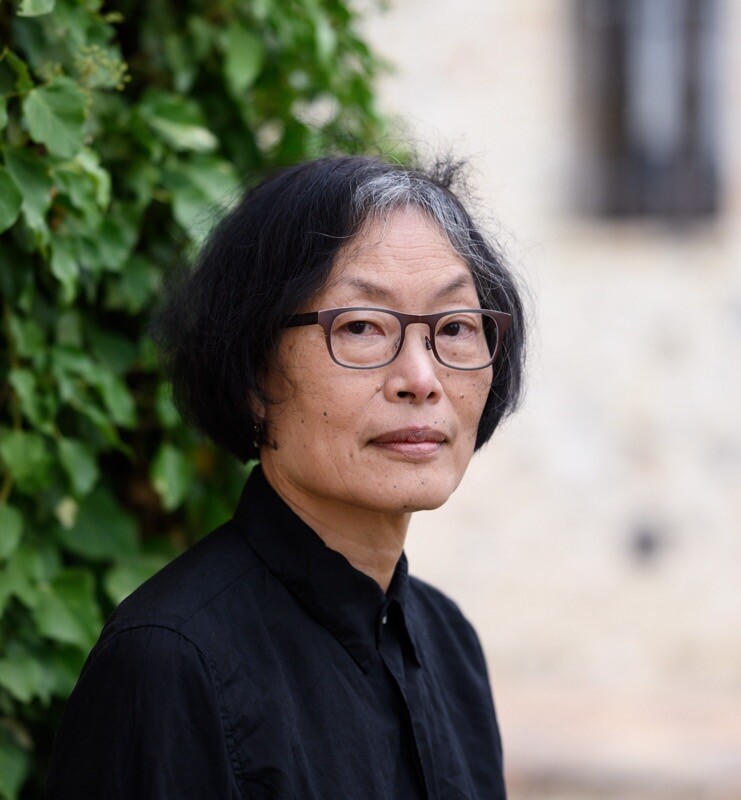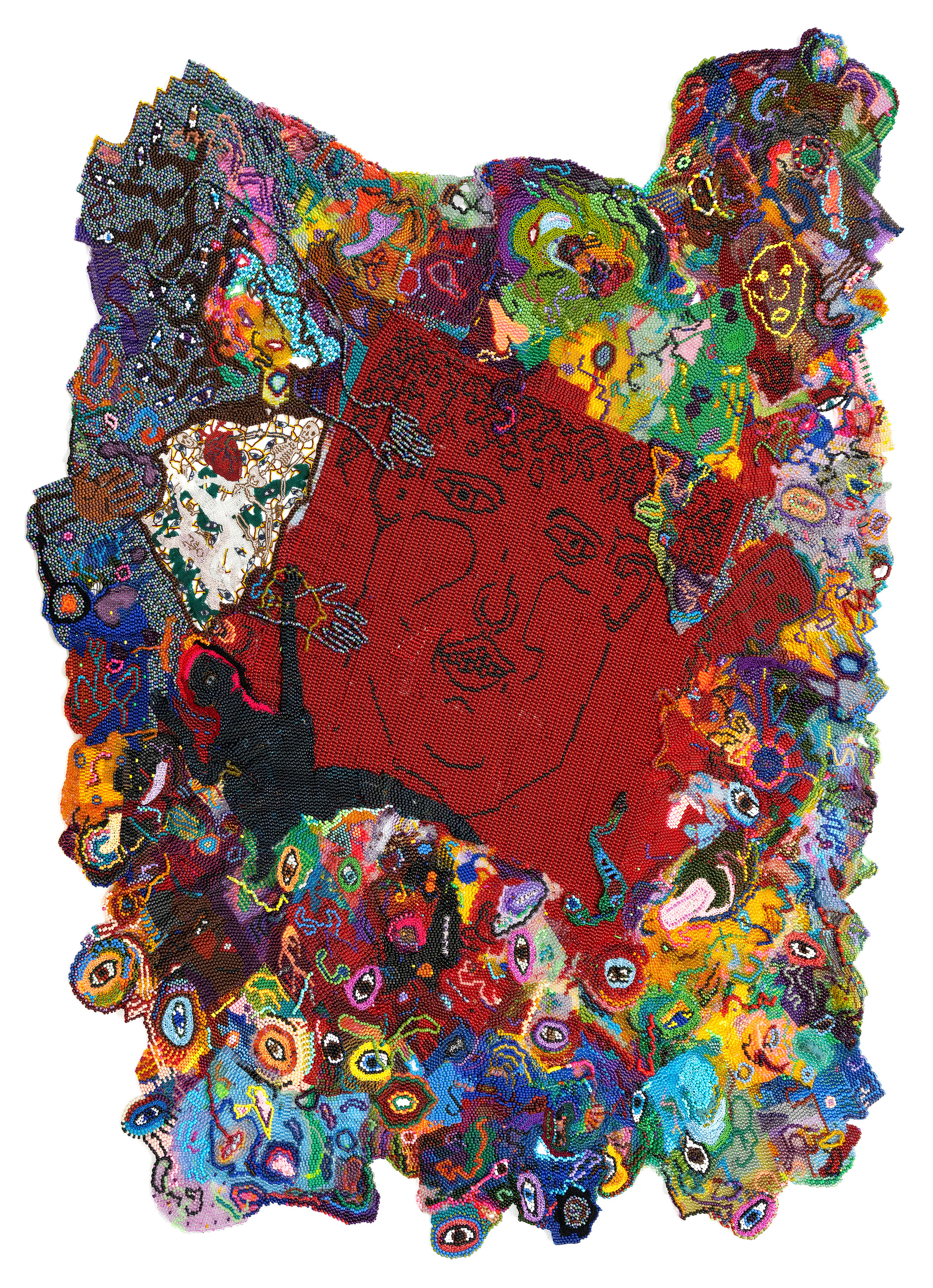Eugenie Tsai sheds light on the 2024

Curated by Eugenie Tsai, Platform will be dedicated to large-scale installations and site-specific works under the theme of Collective Memory. The section will consider the intersection of memory, materials, and spirit.
Platform 2024 will feature Joana Vasconcelos presented by Baró Galeria; Nicholas Galanin presented by Peter Blum Gallery; Dyani White Hawk, Jim Denomie, & George Morrison presented by Bockley Gallery; Sanford Biggers presented by Marianne Boesky Gallery; Dominique Fung presented by Jeffrey Deitch; Joyce J. Scott presented by Goya Contemporary Gallery; Chiffon Thomas presented by Michael Kohn Gallery; Nari Ward presented by Lehmann Maupin; Radcliffe Bailey presented by Maruani Mercier; Hew Locke presented by Almine Rech; Anina Major presented by TERN Gallery; and Karon Davis presented by Wilding Cran Gallery.
The 2024 Platform section, titled Collective Memory, will examine the overarching theme of art historical reverberations echoing in the present. How do the large-scale installations and site-specific works included in the Platform section uniquely address this theme? How central a role does history play in your curatorial practice?
As a curator, it’s important to understand ways in which the past informs the present. This is especially true when it comes to contemporary artistic practices, which people sometimes believe – mistakenly --are completely without precedent. If I may reference a recent meme, however, these artists didn’t fall out of a coconut tree. They exist in the context of all in which they live and what came before them. In terms of Platform, I want to show the art historical reverberations in the work of these artists. Just as important is highlighting the brilliant ways in which these artists transform the reverberations to speak to their personal and collective histories.
You served as the Barbara and John Vogelstein Senior Curator of Contemporary Art at The Brooklyn Museum for 15 years before departing in 2023. In what ways would you say your experience curating at The Brooklyn Museum informs the development of The Armory Show’s Platform section?
Organizing the Platform section of The Armory Show was like putting together a diverse, thematic, group exhibition at the Brooklyn Museum. Except the scale of the Javits Center is vast and therefore more challenging. I first met some of the artists in Platform at the Brooklyn Museum while working together on exhibitions or acquisitions for the museum's collection. All of the artists included in the section were on my radar. So I'm excited by this opportunity to support them and to share their work with the public.

"I felt it was important for the Platform section to reflect the cosmopolitan ethos of this city, an ethos that is also shaped by Indigenous communities whose presence is often unacknowledged."
Has the fair’s location in New York, with its large international audience, affected your decision making on which artists and histories you want to highlight?
New York has always attracted international visitors. Many of these are tourists, who come to explore the rich cultural offerings the city has to offer. New York is also a point of entry for immigrants. Many chose to settle in New York City, as evidenced by the number of diverse diasporic communities that populate the five boroughs. I felt it was important for the Platform section to reflect the cosmopolitan ethos of this city, an ethos that is also shaped by Indigenous communities whose presence is often unacknowledged.
Platform is situated in the unique position in the fair’s Agora that runs through the center of the fair. How has this design influenced the placement of these projects?
I decided to work with the symmetry created by the longitudinal axis of the Agora. One of the challenges was to place each work so that it looks good from all approaches and has its own space. At the same time, I want each piece to work as an ensemble to create a whole that’s larger than the sum of its parts. I’m cognizant of the role of the Agora in the Ancient world, as a place for dialogue and the exchange of ideas. I’ve attempted to position the works in a way that I hope will allow them to engage in conversations with one another.

Eugenie Tsai is a curator and writer based in New York. After sixteen years, she recently stepped down from her position as the John and Barbara Vogelstein Senior Curator, Contemporary Art, at the Brooklyn Museum. During those years, she shaped the Contemporary collection, and organized around forty loan and collection exhibitions. Before taking up her position at the Brooklyn Museum, Eugenie worked at PS1 Contemporary Art Center in Queens as Director of Curatorial Affairs, and at the Whitney Museum in various curatorial roles including Associate Director for Curatorial Affairs.
